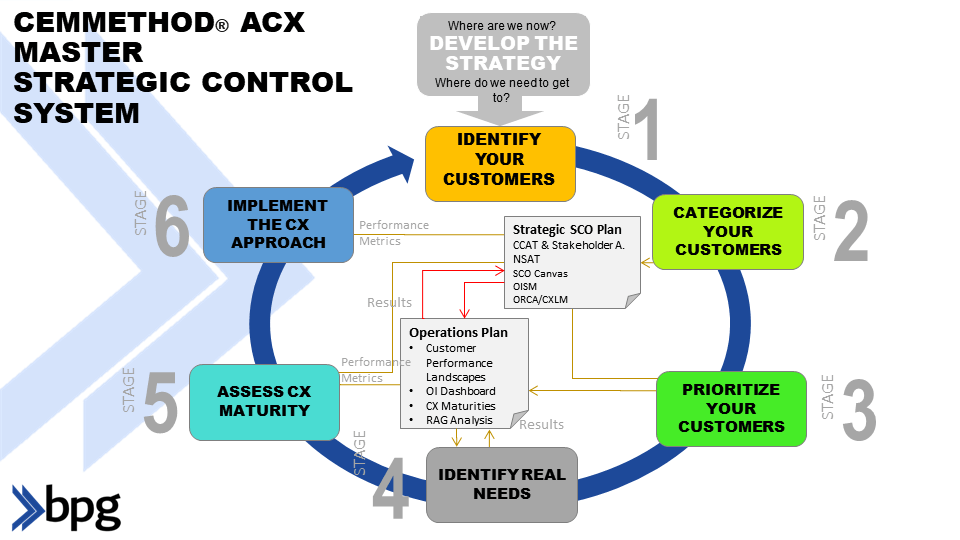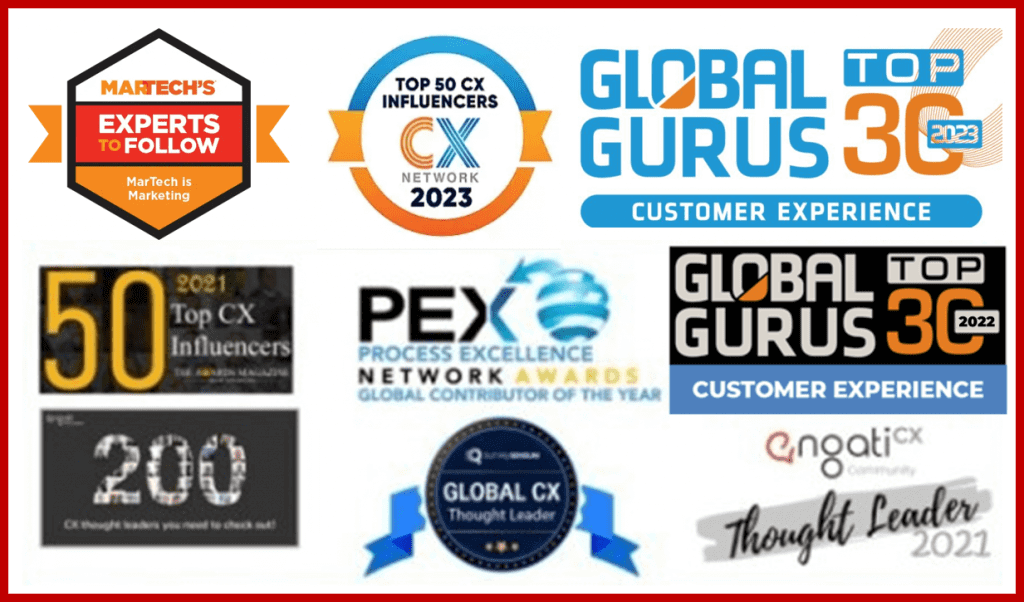AI and generative AI (gen AI) are transforming many industries, including Insurance.
In a 2024 an article by McKinsey identified four AI trends :
a. Rapid adoption – 65% of respondents to the survey say they are using gen AI.
b. Business benefits – revenue growth and cost reductions
c. AI Global adoption – now at 72% of survey respondents
d. Investment and Value – two-thirds of respondents anticipate increased AI investment over the next two years
These trends compel insurance companies to review their phygital strategies (combining the best of the physical with digital customer experiences).
Insurers have always dealt with huge amounts of information, and this continues to increase under the burden of changes to data protection laws, new regulations and a more diverse set of customer needs.
Many have sought to automate this inbound and outbound activity, and now, with the arrival of Gen AI, progressive insurers are adopting proactive strategies to grow revenues, reduce costs, and significantly enhance the customer experience.
The role of gen AI in enhancing the customer experience is significant, as it improves operational effectiveness (Triple Crown Plus). The delivery of this triple crown plus benefit is now the hallmark of leading insurers.
Let’s review how gen AI is transforming the sector:
🎯 1. Optimising the Underwriting Experience:
Achieving top-notch underwriting is essential for gauging the risks tied to new proposals. It’s a balancing act for underwriters to ensure precision, uphold quality, and handle a substantial number of applications. Using AI can revolutionise this experience by scrutinising proposals through the lens of historical patterns, past decisions, and established underwriting protocols. Risk factors can be identified with AI, especially concerning payment reliability, geographical risk factors, customer longevity, exposure to particular hazards, vehicular telematics, and the likelihood of ‘acts of God’ events.
Embracing AI-driven platforms to streamline the underwriting process enables professionals to outsort high-risk proposals and personalise quotations. Integrating business rules engines can significantly boost the frequency of straight-through processing for straightforward cases and intelligently route complex scenarios to specialised underwriting teams, considering their skill set and current capacity.
🛄 2. Refining Claims Processing Precision:
For insurers, the claims experience presents a critical “moment of truth” for its customers and partners. Streamlined and accurate claims handling is essential to reduce losses and complete settlements quickly. Gen AI can markedly enhance the entire claims experience and processes with these key deliverables:
• Claims Triage: Incoming claims can overwhelm Claims units, especially those with technologies designed before the ‘high expectation promiscuous’ clients. AI systems can optimise the experience and processes by leveraging past data and predefined criteria to sort claims by their gravity, enabling straightforward, low-severity claims to bypass manual checks. This improves both efficiency and turnaround times.
• Automated Reserve Allocation: Accurate reserves must be established early in the claims process to uphold accurate financial indicators. AI can determine more accurate reserves at the claim’s inception, factoring in variables like the line of business, policy specifics, and loss causation, thereby reducing errors.
🔎 3. Fraud Identification:
Detecting fraud can be a huge, expensive, labour-intensive task that slows claims processing. AI’s pattern-matching capabilities significantly improve throughput and accuracy and mitigate the risk of potential legal disputes. Reducing the load from manual checking (and freeing up scarce resources) also reduces costs, improves turnaround times, and enhances the overall customer and employee experience.
🧭 4. Fraud Detection:
Fraud detection is critical for safeguarding against financial losses due to deceptive claims. AI enhances Predictive Analytics when looking for patterns that can indicate fraudulent activity. Claims fraud detection approaches can be intensive and expensive, coupled with suboptimal experiences for clients and partners. Enhancing the data analytics approaches with Gen AI produces faster results at a lower cost than traditional approaches
🤗 5. Delivering Exceptional Customer Experience:
Insurance companies often struggle to extract value from their data despite being data-intensive. AI and machine learning (ML) models can categorise customers into ‘needs’ groups, enabling targeted campaigns and personalised benefit coverages. Predictive models can forecast customer lifetime value, allowing insurers to focus on high-value customer categories with minimal effort.
To excel in the phygital age, insurance companies must embrace the latest technologies and developments in AI, gen AI and Machine Learning.
Hyper personalisation is now the future of insurance, just as it has become in other industries with companies like Adidas, Amazon and Spotify. Gen AI helps companies make a quantum leap with customised communication and coverage while supporting risk assessment, claims processing, and digital and physical customer and employee experiences. Ultimately, it is about winning the ‘Triple Crown plus’ to drive overall success and competitiveness.
😎 The Accredited CX Master® programme now incorporates AI learning and modules. To find out more about the complete programme, visit: https://experienceprofessional.com/acxm_inviterce5167p
McKinsey article referenced: The state of AI in early 2024: Gen AI adoption spikes and starts to generate value

Frequently Asked Questions Related to Fraud and the CEMMethod®
Frequently Asked Questions Related to Fraud and the CEMMethod®
- What is CEMMethod®? How does the CEMMethod® help? The CEMMethod® is a comprehensive approach that aims to improve customer experiences by aligning all aspects of an organization with customer needs and experiences.
It helps by:
> Lowering costs, increasing revenues, and improving service through the Triple Crown approach.
> Utilizing tools like the Successful Customer Outcome Canvas (SCOC) and the Outside-In Strategic Matrix (OISM) to identify and prioritize key customer outcomes. - Implementation Challenges: Common challenges banks face when implementing the CEMMethod® for fraud prevention include:
> Integrating the method with existing processes and systems effectively and efficiently.
> Ensuring that the focus remains on customer needs and experiences while addressing internal processes. - Measuring Success: Banks measure the success and effectiveness of the CEMMethod® in fraud prevention by:
> Assessing the impact on key outcomes such as lower costs, higher revenues, and improved service.
> Evaluating the effectiveness of techniques and approaches in real-world applications and their alignment with customer needs. - Integration with Existing Systems: The CEMMethod® can be integrated with existing bank systems and processes for seamless fraud prevention by:
> Aligning with AI, digitization, and machine learning for significant cost reductions and revenue uplift.
> Adapting the portfolio of techniques and approaches to suit all circumstances, ensuring rigorous dashboards focused Outside-In.
For more detailed information and practical applications, you can explore the resources and guides available on the CEMMethod®.

Steve Towers, Chief Experience Officer for the BPG, an expert in customer experience, enjoys spreading his enthusiasm for this field through coaching, consultancy, keynote speeches and books.
He helps companies win the triple crown – the simultaneous ability to increase revenues, decrease costs, and enhance service – through the CEMMethod, which is now in version 15.
With over three decades of experience working with large enterprises worldwide, Steve has distilled the successful strategies of top-performing organizations into a proprietary methodology that can be easily imparted to CX teams and executives.
His forte lies in envisioning the future of customer-centricity, customer experience, process management and realizing long-term benefits from business transformation. Steve’s approach combines customer-focused thinking, cutting-edge technologies, and a human touch.
Steve is also an entrepreneur and an early-stage investor in software companies like Parallel.
Subscribe to this channel and reach out and connect with Steve via https://linktr.ee/stevetowers


